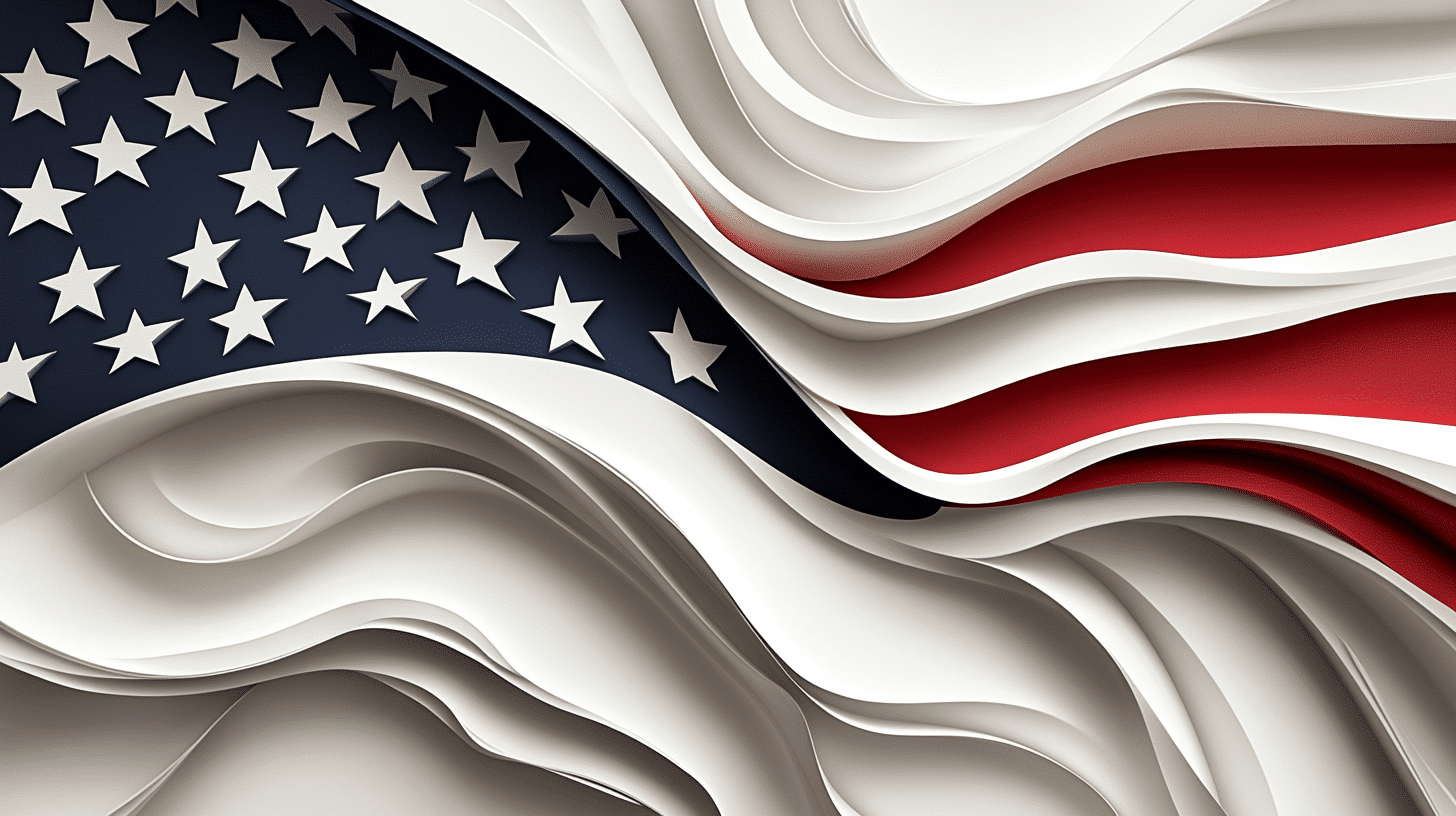What is Conflict Resolution Day?
Conflict Resolution Day is an annual event observed on the third Thursday of October to promote the importance of peaceful and constructive ways of resolving disputes. Established by the Association for Conflict Resolution (ACR) in 2005, the day highlights the various strategies and tools available for managing conflicts, including mediation, negotiation, arbitration, and other non-violent approaches. The goal of Conflict Resolution Day is to raise public awareness about the benefits of resolving conflicts peacefully, whether in personal relationships, workplaces, schools, or communities.
The observance encourages individuals and organizations to adopt conflict resolution techniques that promote understanding, cooperation, and mutual respect. It serves as a reminder that conflicts are a natural part of human interaction, and with the right skills and mindset, they can be managed constructively to achieve positive outcomes.
History and Origin
Conflict Resolution Day was initiated by the Association for Conflict Resolution (ACR) in 2005 to promote awareness of conflict resolution and its value in society. ACR aimed to create a day that would serve as a platform for education, awareness, and action, providing a dedicated time for people to learn about and practice techniques like mediation, dialogue, and arbitration. The third Thursday of October was chosen to align with other international observances focusing on conflict transformation and peace, creating a cohesive effort to promote global harmony.
Over the years, Conflict Resolution Day has grown to include events, workshops, and campaigns held by educational institutions, organizations, and government agencies. The day’s activities are designed to educate people of all ages about the importance of conflict management skills and to encourage the use of peaceful methods to resolve disputes in various settings.
Who Celebrates Conflict Resolution Day?
- Mediators and Conflict Resolution Professionals: Mediators, arbitrators, and conflict resolution experts participate by offering workshops, training sessions, and seminars to teach others about effective conflict management techniques.
- Schools and Universities: Educational institutions organize activities such as peer mediation programs, workshops on communication skills, and discussions on resolving conflicts peacefully among students and staff.
- Workplaces and Organizations: Companies and organizations celebrate the day by providing conflict resolution training sessions for employees, promoting a culture of collaboration and understanding.
- Community Groups and Non-Profit Organizations: Community centers, NGOs, and advocacy groups engage in activities that promote dialogue, understanding, and peaceful resolutions to conflicts within communities.
- General Public: Individuals take part by learning about conflict resolution techniques, attending local events, or practicing skills like active listening and mediation to manage conflicts in their own lives.
Slogans and Themes
The themes for Conflict Resolution Day focus on peacebuilding, communication, and collaboration. Slogans such as “Build Bridges, Not Walls” and “Listen, Communicate, Resolve” emphasize the importance of understanding others and working together to find mutually beneficial solutions. The day encourages people to adopt a proactive approach to conflicts by learning and using peaceful techniques that help prevent escalation and foster harmony.
Colors, Symbols, and Patterns
- Colors:
- Blue, symbolizing peace, calm, and stability, reflecting the goal of achieving peaceful resolutions.
- Green, representing growth and renewal, emphasizing the positive outcomes of conflict resolution and collaboration.
- White, symbolizing neutrality and openness, critical aspects of effective conflict mediation and negotiation.
- Symbols:
- Handshake, representing agreement, cooperation, and the resolution of conflicts through dialogue and compromise.
- Olive branch, a universal symbol of peace and reconciliation, highlighting the goal of achieving harmony.
- Scales of justice, symbolizing fairness and balanced solutions, essential components of successful conflict resolution processes.
- Patterns:
- Interlocking circles, symbolizing interconnectedness, mutual understanding, and the collaborative effort needed to resolve conflicts.
- Bridge motifs, illustrating the act of building connections and overcoming differences.
- Wave patterns, representing the flow of communication and the ongoing process of dialogue and resolution.
Most Used Hashtags
- #ConflictResolutionDay
- #PeacefulSolutions
- #ResolveConflicts
- #BuildBridges
- #MediationMatters
- #CommunicationSkills
- #CollaborateForPeace
How to Celebrate Conflict Resolution Day
- Attend a Conflict Resolution Workshop: Join a local or online workshop that teaches mediation, negotiation, and communication skills, helping you learn effective methods for resolving conflicts.
- Organize Educational Sessions in Schools: Schools can set up peer mediation programs or conduct workshops that teach students how to handle disagreements peacefully and communicate effectively.
- Participate in a Mediation Training Program: Individuals interested in deepening their skills can enroll in mediation training programs offered by community centers, universities, or professional organizations.
- Engage in Community Dialogues: Participate in or organize community discussions that address local issues and promote understanding and cooperation among different groups.
- Practice Conflict Resolution Skills: Take the day as an opportunity to practice active listening, empathy, and open communication in your personal relationships and professional interactions.
Conflict Resolution Day is a chance to focus on building bridges and understanding among individuals, communities, and organizations. By learning and applying conflict resolution skills, we can create a more peaceful, cooperative world where differences are resolved through dialogue and respect. Together, we can move from conflict to cooperation, one conversation at a time.
Third Thursday of October: Conflict Resolution Day (United States)
Why do you keep falling for the same type?
Read the article Lovemaps: the hidden blueprint of our love.

